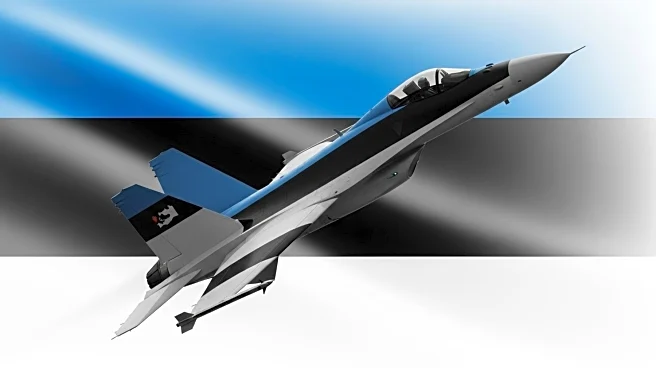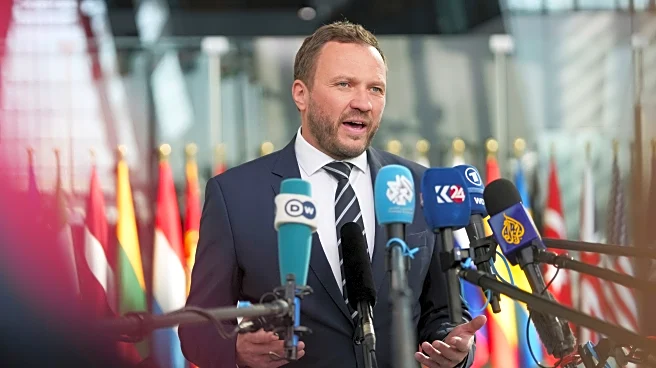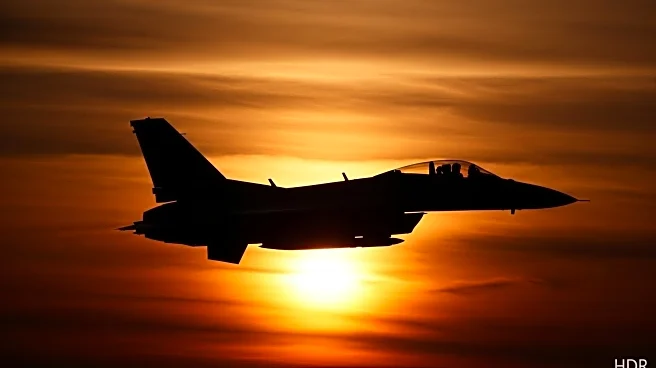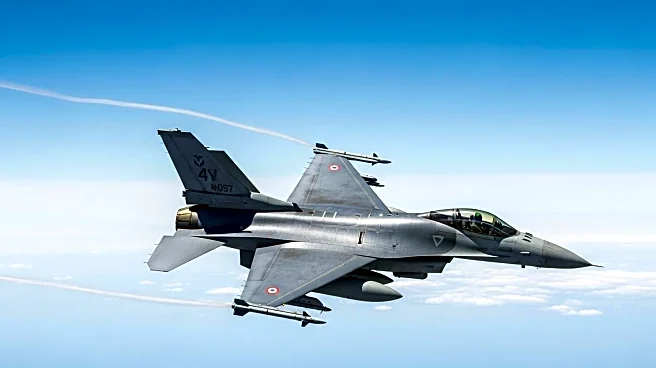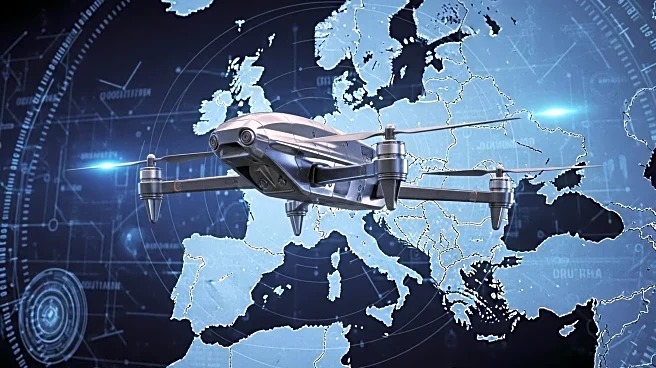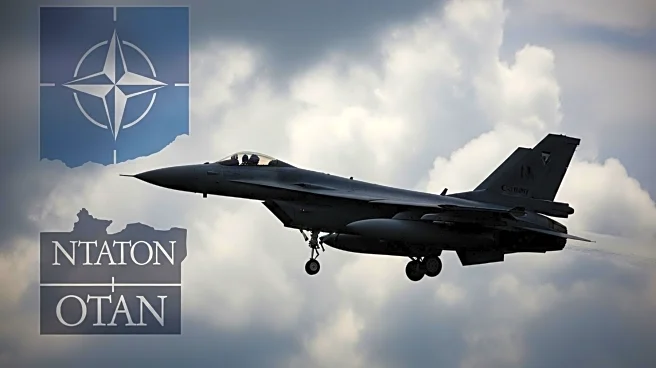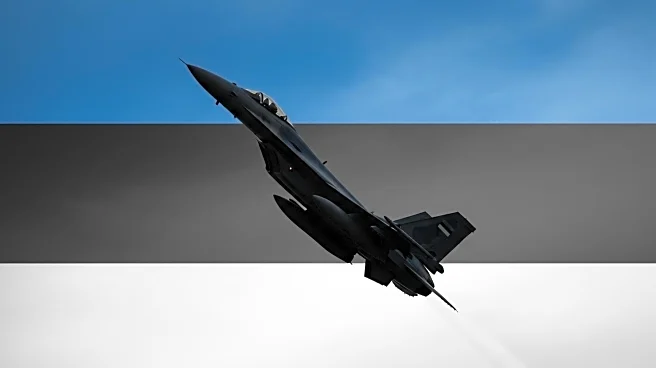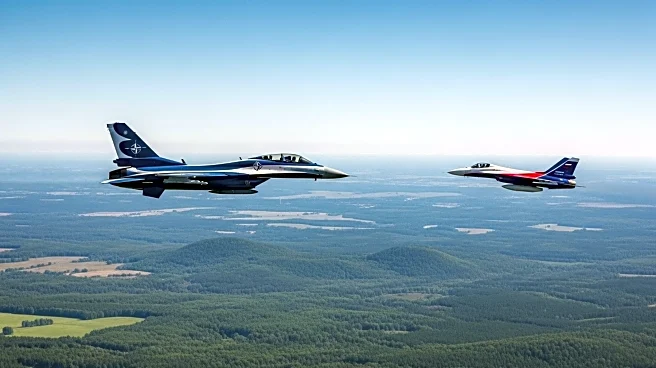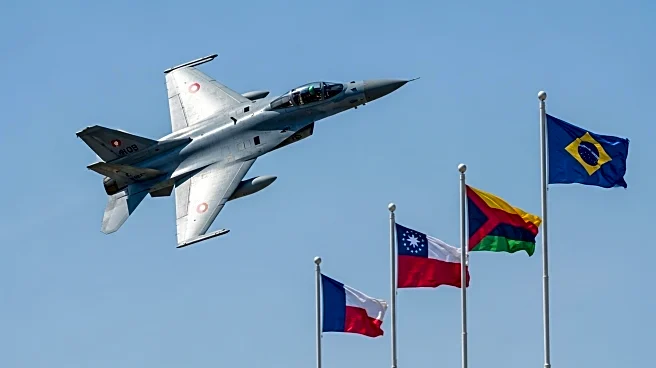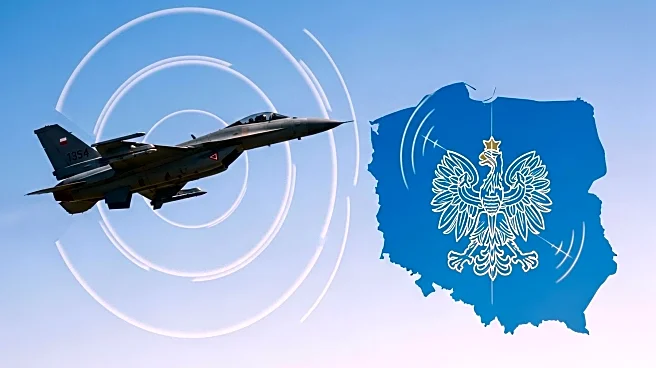What's Happening?
NATO officials are convening to discuss potential responses to recent incursions by Russian warplanes into Estonian airspace. The meeting, initiated by Estonia, follows similar incidents involving Russian drones in Poland. Czech President Petr Pavel has suggested that shooting down Russian planes might be necessary, although NATO typically adopts a 'caution first' approach. The alliance's Baltic air policing mission, involving Swedish, Finnish, and Italian planes, is currently in place to monitor the region. Decisions on engagement rules are made by the North Atlantic Council, with military execution by the Supreme Allied Commander Europe.
Why It's Important?
The incursions by Russian aircraft into NATO airspace highlight ongoing tensions between Russia and NATO member states. The alliance's response to these provocations is crucial for maintaining regional security and deterring further violations. The potential for military engagement, including shooting down aircraft, could escalate tensions and impact diplomatic relations. NATO's handling of these incidents will influence its credibility and effectiveness in safeguarding member states' sovereignty.
What's Next?
NATO's meeting on September 23 may result in revised rules of engagement or increased military presence in the Baltic region. Estonia's call for consultations under NATO's Article 4 indicates a desire for collective action and support from allies. The alliance may consider deploying additional resources or altering engagement protocols to address the threat posed by Russian incursions.
Beyond the Headlines
The situation raises questions about the balance between military deterrence and diplomatic resolution in international conflicts. NATO's approach to handling Russian provocations could set precedents for future interactions and influence global perceptions of the alliance's strategic priorities.

